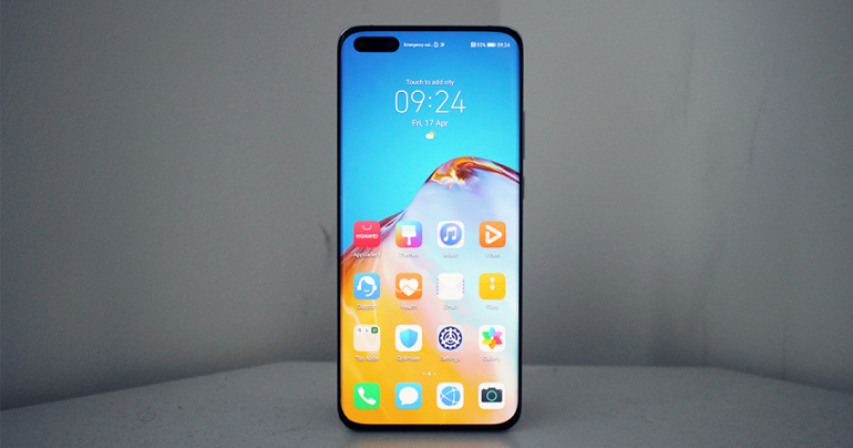Samsung Reclaims Its Largest Smartphone Vendor Crown From Huawei
- 4 years ago

The North American market continued to see low demand for smartphones in the third quarter, but things will likely pick up in the fourth quarter due to Apple's iPhone 12.
Samsung has regained the top spot as the world’s largest smartphone vendor, overtaking Huawei, which is struggling to churn out more products due to US sanctions.
Samsung claimed a 23 percent share of the smartphone market in the third quarter, according to separate reports from research firms IDC and Canalys. Meanwhile, Huawei fell to second place on a sizable 22 percent year-over-year drop in product shipments across international markets and in its home country of China.
In Q2 2020, Huawei took the top spot due to the pandemic depressing smartphone demand across the globe. However, in the third quarter, Samsung mounted a comeback, thanks to pent-up demand as countries began to reopen from the COVID-19 lockdowns.

The Korean vendor’s smartphones have also been performing strongly in India, one of the world’s largest markets. Another factor is how Samsung has been launching low and midrange products while also offering discounts, which have been driving up sales.
“In the US, Samsung's second largest market, momentum was strong for the A series with good performances from the Note 20 and Note 20 Ultra as well, which contributed to almost 20 percent of total volume in 3Q20,” IDC added.
Huawei, on the other hand, has been forced to restrict its smartphone production. The US government has barred all semiconductor manufacturers from supplying Huawei with chips built with US software or technology. As a result, the Chinese vendor has been struggling to shore up components for its smartphones.
“The market decline was expected,” said Canalys Analyst Mo Jia in a statement. “Huawei was forced to restrict its smartphone shipments following the 17 August US sanctions which caused a void in channels in Q3 that its peers were not equipped to fill.
“If the position of the US administration does not change, Huawei will attempt to pivot its business strategy, to focus on building the Hongmeng (Harmony) OS and software ecosystem,” he added.
Overall, the smartphone market appears to be recovering from the pandemic’s economic fallout. During the third quarter, vendors shipped 353 million units for only a 1.3 percent year-over-year decline. That’s a big improvement from IDC’s earlier projection, which estimated that shipments would fall by 9 percent.

The research firm is attributing the recovery partly to India, where customers are driving up demand. “Other emerging markets, such as Brazil, Indonesia, and Russia, which rank fourth, fifth, and sixth in the world, also experienced strong growth,” IDC said.
However, the North American market continued to see low demand for smartphones in the third quarter. IDC says a big contributor was Apple’s decision to postpone selling the iPhone 12 from September to weeks later in October. So smartphone shipments in the US market will likely pick up in the fourth quarter as vendors also try to capitalize on 5G.
"In the large developed markets, it is very clear that 5G will be positioned to most consumers as their next phone regardless of which brand or price point they are focused on,” said IDC analyst Ryan Reith. “Marketing has ramped up significantly. Products are widely available. Promotions are happening. And it's clear that the top sales initiative in these markets is to push 5G. Having said this, we still believe consumer demand for 5G is minimal at best."
Comments